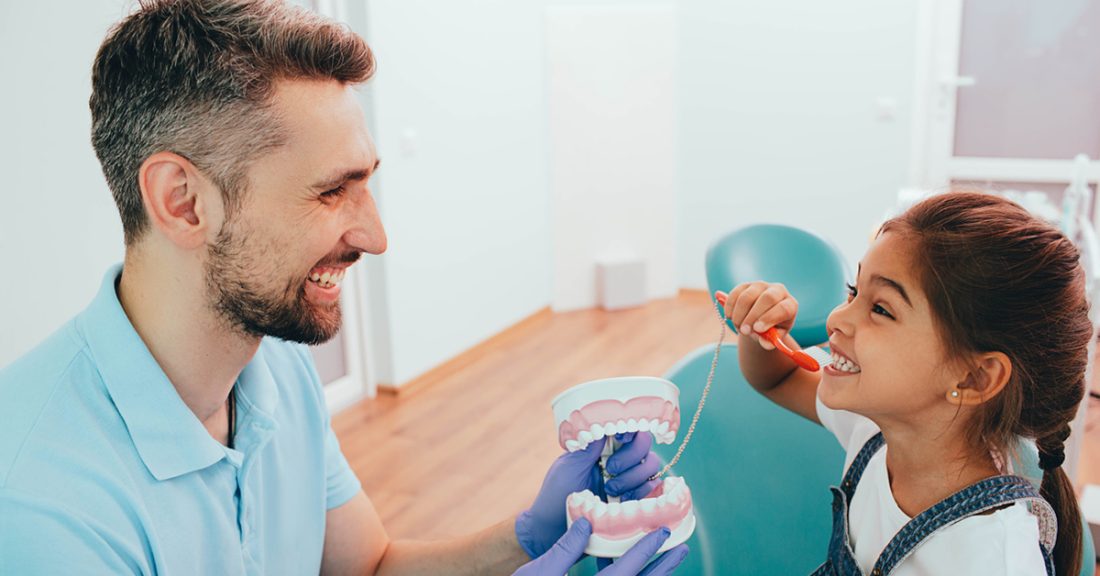One in Four Kids Miss Annual Preventive Dental Care, up From Previous Years

According to the latest data from the Annie E. Casey Foundation’s KIDS COUNT® Data Center, 75% of U.S. children ages 1–17 received preventive dental care in the past year. This means that one in four kids went without such care, an increase from previous years. Similarly, nearly one in four kids (23%) have teeth that are not in very good or excellent condition. These data were reported by a parent or caregiver in the 2020–2021 National Survey of Children’s Health.
Why Dental Health Matters
Good oral health is critical, as cavities are one of the most common chronic diseases among children, and untreated dental problems can lead to pain, difficulty eating and sleeping, other health conditions, social and emotional issues and challenges in school. Preventive dental visits, such as check-ups and dental cleanings, are essential in order to maintain oral health and address dental problems before they become more serious.
Access to oral health care and rates of dental disease vary widely by socioeconomic status, race and ethnicity, geography and other demographic factors, according to a growing body of research, including a report by the National Institutes of Health. For instance, the following groups are more likely to experience dental disease and barriers to accessing care:
- Black, Latino and American Indian and Alaska Native children
- Kids living in poverty
- Those with no insurance or public insurance
- Immigrant and refugee families
- Young children and teens
- Those with special health care needs
- Families in rural areas
State-Level Differences in Children’s Dental Care
Nearly 9 in 10 children received annual preventive dental visits in Hawaii (85%) — the highest figure of all states in 2020–2021. The lowest rates of preventive dental care were found in Florida (69%), Missouri (70%) and Ohio (70%), with almost one-third of kids missing annual preventive care in each state.
Children were least likely to have teeth in excellent or very good condition in Arkansas (71%), Nevada (71%), California (73%) and Louisiana (73%) — the lowest figures in 2020–2021. Conversely, the following three states had the highest shares of kids with teeth in excellent or very good condition: New Hampshire (84%), Massachusetts (83%) and Vermont (83%).
Children’s Dental Health Trends Over Time
At the national level, the rate of kids receiving preventive dental care has dropped by five percentage points since 2018–2019, from 80% to 75%, and the share of kids whose teeth are in excellent or very good condition fell by two percentage points in the same period. The decline in dental care is reflected at the state level as well, with 43 states and the District of Columbia seeing a drop in kids’ dental visit rates between 2018–2019 and 2020–2021.
The decrease in children’s preventive dental care after 2018–2019 is likely related to the impact of the COVID-19 pandemic, as multiple surveys have found that many parents delayed or had a harder time getting dental care and medical care during the pandemic.
Policymakers and other leaders can address structural barriers to accessing dental care in order to ensure that all children, youth and families have equitable access to care.
More Health Data and Dental Health Resources
- Access all health data on the KIDS COUNT Data Center.
- The American Academy of Pediatric Dentistry also curates a list of resources on children’s oral health including policy, practice and systems recommendations.






